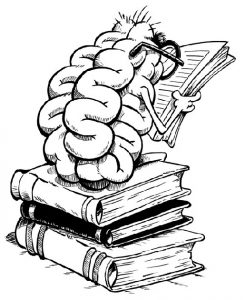The world’s largest companies have focused on creating a so-called “Global biological immune system”; they are investing billions of US dollars into the works in this area. The desire to create such a system did not arise from nowhere – it was caused by the spreading of SARS-CoV-2 (2019-nCoV) coronavirus across the planet, which led to the global COVID-19 pandemic (COVID-19 is an abbreviation that stands for COronaVIrus Disease 2019).
The very possibility of creating any kind of “biological immune systems” directly depends on how the ideas of modern researchers about the functioning of creatures correspond to reality and what tools are used to achieve the goals.
I am sure that the creation of a quality “biological immune system” of a person is fundamentally impossible today since the tools available or being developed will not allow anyone to achieve this goal. All tools, either available or under development, information about which I could find on the net has certain drawbacks, namely:
-
It is built on the basis of matter, i.e. based on chemical elements, which are described in detail in the current version of the Mendeleev’s Periodic Table;
-
It is intended exclusively for dealing with substance, i.e. with biological bodies.
This toolkit is not sufficient to create a full-fledged “biological immune system” for any biological body or group of biological bodies.
There is an urgent need to develop, in addition to the existing tools, completely new ones, which meet the following criteria:
-
They will be built on non-material elements (on the elements of the corresponding consciousnesses);
-
They will be designed to operate at the level of biological bodies’ “operating systems”.
Only when the two above-mentioned types of tools are developed, a real possibility of creating a “global biological immune system” will emerge…
P.S.
Any computer system can be represented as a hardware and software complex, intended for processing information. It consists of:
-
The hardware part;
-
The operating system, which is designed to manage the hardware and to organize its interaction with Users.
To fix a computer system in case of a failure, the User should have tools of two different types. The first one will be used for repairing hardware, and the second one – for restoring the operating system, as well as the complex of programs interconnected with it.
-
The first type includes a toolkit for recovering the hardware of a computing system: screwdrivers, soldering irons, spare parts, measuring devices, etc. These tools are built on the basis of substance;
-
A toolkit for recovering the operating system of a computing system includes software products, source codes of the operating system, compilers, etc… These tools are based on the substance, which differs from the one we know….
The only use of both types of tools can help to restore the proper functioning of the system. No professional in the world c restoring n fix computer systems using only one kind of tools!





